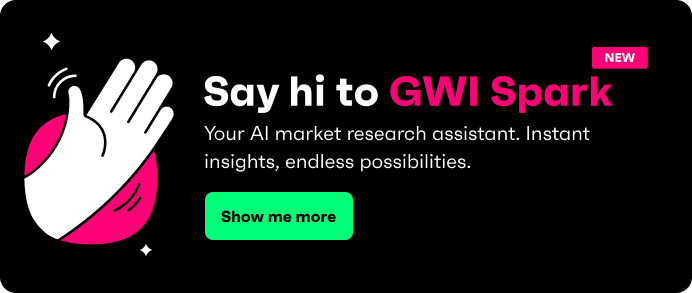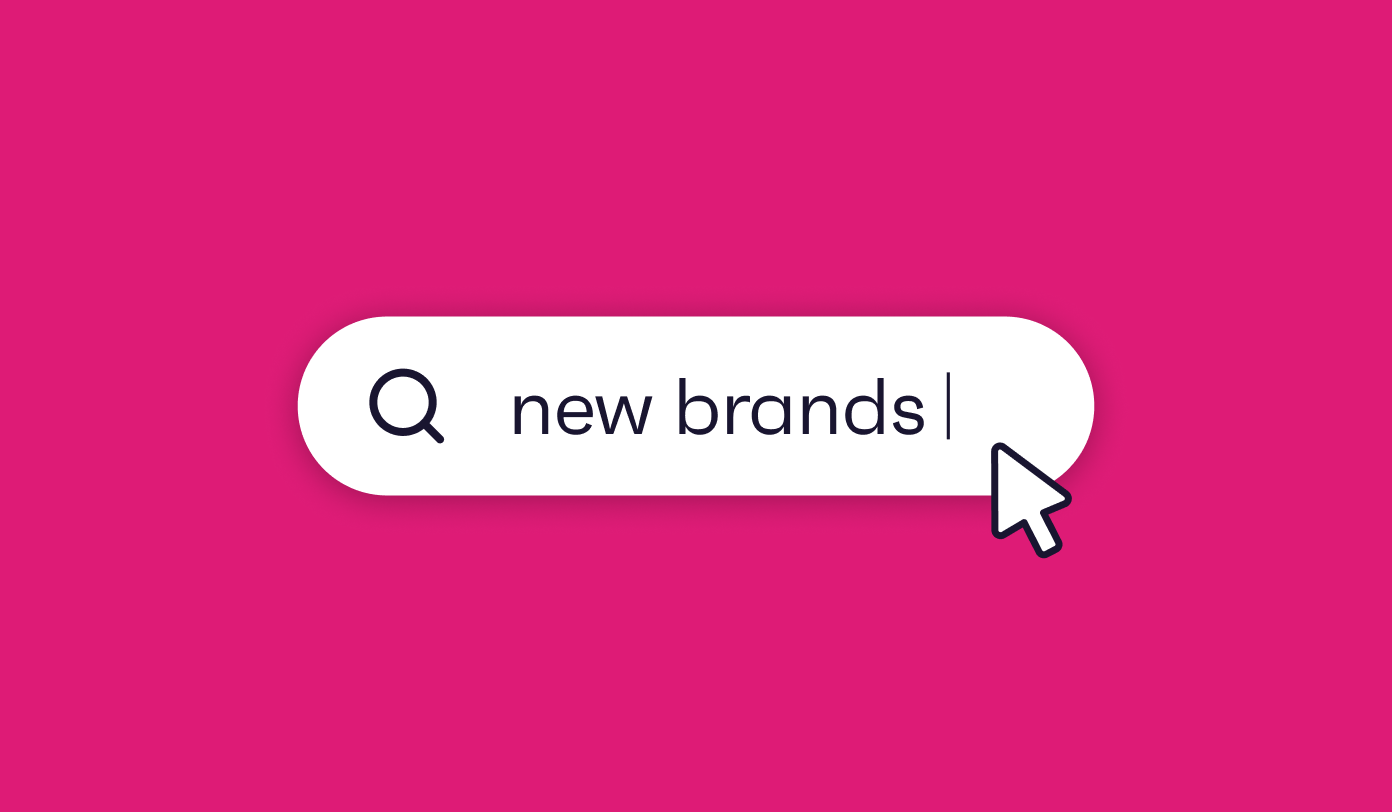Let’s be honest, when it comes to understanding consumers, traditional financial metrics like earnings reports and credit scores only scratch the surface. If financial institutions want to stay ahead, they need to dig deeper. That’s where alternative data comes in. Think of it as getting a 360 view of consumers, pulling insights from everything - social media trends, real-time spending habits, even how people interact with digital payments.
Businesses are realizing that to predict market movements and shape better products, they need to understand how people actually use money. That’s exactly what GWI helps with - delivering in-depth consumer insights so financial institutions can stay one step ahead.
Understanding alternative data in finance
Alternative data is any non-traditional information source that provides a more nuanced view of the market. It’s the behind-the-scenes footage of consumer financial behavior - stuff you won’t find in a typical credit score. It can include anything from shopping habits and social media engagement, to how people split their paychecks.
Take hedge funds, for example. They’re using real-time consumer sentiment to predict stock performance. Banks? They’re analyzing spending trends to personalize financial products. And fintech companies? They’re crafting digital tools based on how younger generations prefer to handle money.
What is alternative data in finance?
For years, financial institutions leaned on the same old data - credit scores, earnings reports, and transaction histories. But that doesn’t paint the full picture. Alternative data dives into things like ecommerce behavior, mobile banking preferences, and even what people say about their finances on social media.
Here’s a real-world example: GWI data reveals that Gen Z consumers are 28% more likely than the average person to have a digital-only bank account. That’s a big shift, showing that younger generations are banking differently - and financial institutions need to adapt to keep up.
Why alternative data is a game-changer for financial institutions
Market trends aren’t waiting around for traditional financial reports. They’re moving fast. If institutions want to keep up, they need up-to-date insights.
Take this stat: Only 36% of Gen Z feel confident managing their money. That’s a huge opportunity for financial services to create tools that boost financial literacy and engagement. The key? Understanding these gaps and responding with smart, consumer-friendly solutions.
How consumer insights drive financial strategy
Knowing how people interact with money is crucial for designing better financial products and marketing strategies. It’s all about meeting consumers where they are - whether that means launching mobile-friendly banking tools, refining investment platforms, or creating financial education programs that actually resonate.
Understanding your audience
When financial institutions analyze consumer spending habits, they can tailor their services to what people actually want. For example, millennials are 12% more likely than the average person to want a ‘buy’ button while shopping online. That tells us they value seamless digital transactions - something banks and payment platforms should prioritize.
And then there’s Gen Z. They’re more likely to invest and save early, but they also struggle with financial confidence. Financial institutions that bridge this gap with user-friendly education tools will win their trust (and their business).
Driving innovation with consumer-centric data
People’s financial habits are shifting, and institutions that pay attention will be able to innovate faster. Did you know that 7 in 10 consumers prefer to save up for a product rather than cut spending to buy it sooner? That’s a big clue for banks and fintech companies. Instead of pushing credit options, why not focus on better savings tools, micro-investments, or AI-driven financial planning?
Plus, 38% of consumers are interested in automated saving and investment tools. This proves that smart financial tech - like AI-driven budgeting apps -isn’t just a trend, it’s an expectation.
Improving marketing and communication strategies
Understanding how consumers prefer to pay helps financial brands connect with them better. Here’s an example: Gen Z are 24% more likely to use Google Pay than the average consumer. That means financial brands need to optimize their digital payment solutions and ensure smooth integration with these platforms.
Security and trust also matter. With 26% of global consumers using PayPal every month, financial institutions that highlight security in their messaging can build stronger relationships with their customers.
How GWI helps financial institutions leverage alternative data
Here at GWI, we specialize in providing rich consumer insights - everything from spending habits and financial attitudes to digital banking behaviors. These insights help financial institutions refine their strategies, segment their audiences, and develop data-driven products that actually meet consumer needs.
GWI’s unique approach to consumer data
GWI tracks financial trends on a global scale. Here’s some eye-opening insights:
- 40% of consumers now have a digital-only bank account.
- Brazil leads the charge in digital banking, with 73% adoption.
- APAC consumers are the biggest users of Buy Now, Pay Later (BNPL) services, with 21% using them in the past week.
These trends allow financial institutions to refine their offerings based on location and demographic preferences.
From data to actionable financial insights
The financial world is evolving, and consumer behavior is shaping its future. Here’s a prime example, while only 15% of global consumers have used BNPL services recently, the growing preference for flexible payment options suggests it’s just the beginning.
And with 38% of consumers wanting automated savings and investment tools, financial service providers have a golden opportunity to build AI-powered solutions that help consumers manage their money effortlessly.
Final thoughts: The future of finance lies in alternative data
The financial industry is changing fast, and alternative data is leading the way. Institutions that embrace consumer insights will be better equipped to anticipate trends, tailor their offerings, and engage their audiences in meaningful ways.
If you’re looking to stay ahead in this data-driven landscape, platforms like GWI provide the consumer insights you need to make smarter, more strategic decisions. The future of finance isn’t just about numbers - it’s about understanding the people behind them.






.webp?width=495&height=317&name=pink_thumb_graphs%20(1).webp)
.webp?width=495&height=317&name=pink_thumb_letter%20(2).webp)
